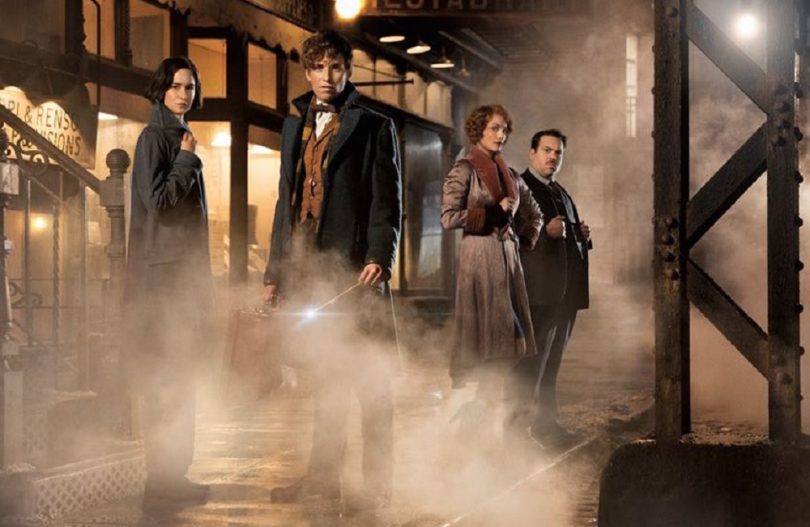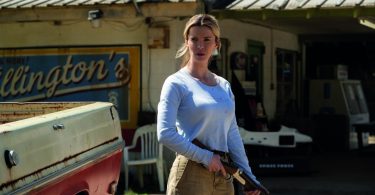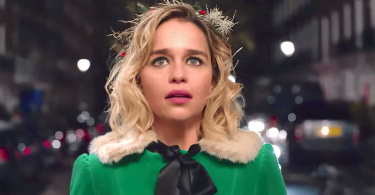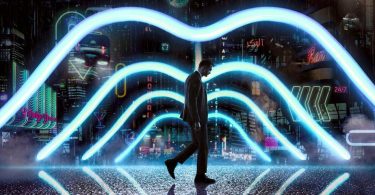When Harry Potter and the Philosopher’s Stone was first published in 1997, J.K. Rowling was lauded with praise: She was the next Roald Dahl, a talented and compelling new voice in English literature. Since then, the Harry Potter universe has expanded exponentially, spawning a film series, play, theme park, studio tour, and online gaming site.
It’s all quite a lot to take in for us fans – and Rowling, who is sitting quite comfortably on a mountainous pile of Galleons. She is a self-sustaining pool of imagination; her marketing team need only to turn on the tap and money comes pouring out.
But it’s easy to paint Rowling as a greedy, money-grabbing business tycoon. Ignoring Harry Potter and the Cursed Child, which strays too far into the realm of fan fiction, every addition to the Potter universe has felt like an attempt to give her fans the most enriched experience of her world as possible. As profitable as the franchise may be, it remains popular, and not through strained effort but genuine enjoyment. At 19, sitting down to watch the latest addition to the Potter universe, Fantastic Beasts and Where to Find Them, made me uncontrollably, embarrassingly weak at the knees.
A bold new vision?
Eddie Redmayne stars as Newt Scamander, an explorer, conservationist, and academic, who travels to New York with a suitcase filled with fantastic magical beasts. As they escape, he, a No-Maj baker (or Muggle to us English folk), and a former Auror attempt to contain the beasts and destroy the other dark magical forces at large.
With Harry Potter’s established audience, Fantastic Beasts is a guaranteed box office success. It’s a shame, then, that the producers felt the need to add the star power of Eddie Redmayne, Collin Farrell, and Johnny Depp, instead of handing the wands over to new talent. The original series was a hotspot for up-and-coming British actors. Unfortunately, Fantastic Beasts relies on obvious casting; Redmayne plays the same awkward, bumbling, innocent Englishman as he has done in the majority of his oeuvre.
The story takes place in 1920s America, seventy years before Harry’s antics at Hogwarts. As Newt is sailed into the midst of the jazz age, we see a new vision of the Wizarding world. In early scenes, everything appears in focus – this new setting is just too big to fill the frame, and undoubtedly too big to explore fully in just one film. After viewing Fantastic Beasts and Where to Find Them, the decision to add four more films into the franchise seems to make a lot more sense. Here, the detail and scope is lacking slightly.
Illuminating subtext
Much has been made of Fantastic Beasts’ subtext. Newspapers that fill the opening sequence reference anti-wizard movements, and more specifically the Salem witch trials. The parallels we can draw between the Wizarding world and the status quo of contemporary American politics are obvious: Themes of xenophobia and the fad of post-truth politics are clearly evident. But this never feels overbearing. It is merely alluded to; Fantastic Beasts, a more adult version of Harry Potter, doesn’t feel like a vehicle for Rowling to push her political agenda.
We can also praise Rowling for passing the Bechdel test. Emma Watson will be cheering fervently: The President of the Magical authorities is a black woman, and half of the quartet of protagonists are women with wit, intelligence, and initiative.
Does Fantastic Beasts match the quality of the original Harry Potter series? Unfortunately not. Harry’s story had a clear vision of good vs evil, boundless amounts of imagination, and the framing device of each book being a new year in his education at Hogwarts. Rowling’s screenplay debut is no doubt inventive, but it doesn’t quite have the same spark of genius: There are too many antagonists fighting for screen time, and the plot is rather scattered, in comparison to the direct teleology of her earlier fiction.
VERDICT:
Fantastic Beasts and Where to Find Them is a worthy addition to the Potter universe. By creating a whole new vision of the wizarding world on the big screen, what it lacks in terms of detail and clarity in comparison to the original Potter series, it gains in lavish production design and impressive GCI. Whilst not quite fully realised, it’s a thrilling start to a new franchise.









